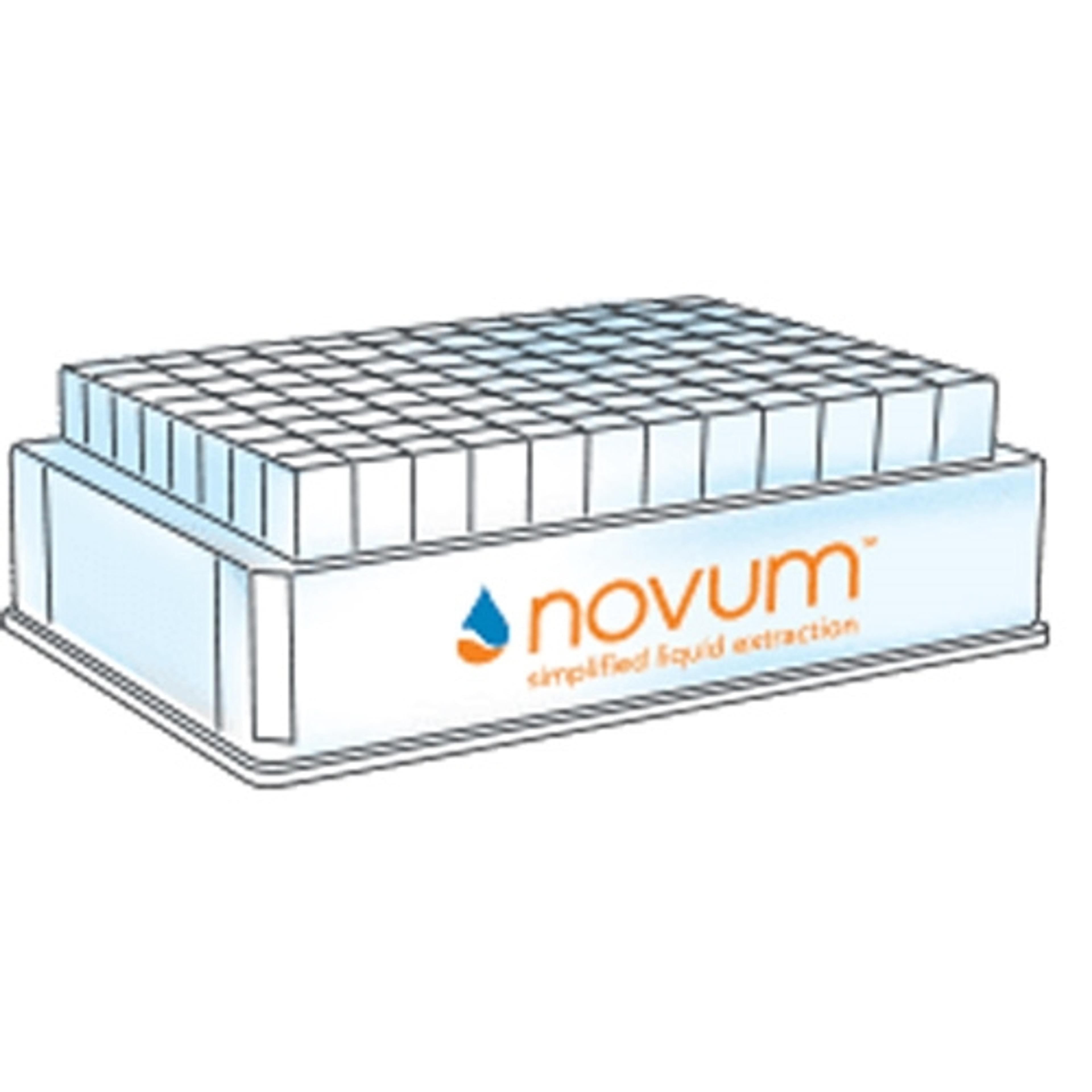Phenomenex Introduces First Synthetic Sorbent for Simplified Liquid Extraction
6 Oct 2014
Phenomenex Inc., a global leader in the research and manufacture of advanced technologies for the separation sciences, introduces Novum Simplified Liquid Extraction (SLE), a novel, synthetic alternative to traditional diatomaceous earth SLE (also known as supported liquid extraction) products and a simplified approach to traditional liquid-liquid extraction (LLE). Extraction techniques used prior to LC and GC can improve results and reduce wear and tear on the instrument. As the first of its kind, the synthetic Novum SLE sorbent (patent pending) can be used with the same procedure as traditional SLE sorbents while delivering improved lot-to-lot reproducibility. Because it is a lab-manufactured sorbent, supplies are readily available, compared to diatomaceous earth, which is a natural resource that must be mined.
Novum SLE simplifies the liquid-liquid extraction process by eliminating manual steps and it reduces solvent consumption. SLE also delivers higher sample recovery than liquid-liquid extraction methods by eliminating analyte loss due to emulsions that can form at the interface of the two liquid phases.
Novum SLE is available in 96-well plates, ideal for the cleanup of biological samples such as plasma and urine. The 96-well plates feature long-drip tips that extend into the wells to reduce contamination and are available in two different loading capacities – 200 µL and 400 µL.
“By manufacturing the sorbent, we are able to provide improved lot-to-lot consistency, which is extremely important for labs using validated methods that rely on reproducible results,” explains Erica Pike, brand manager for Phenomenex. “SLE requires just 15 minutes to process a 96-well plate, compared to 25 minutes for other liquid extraction methods. The faster processing time, combined with reduced analyte loss, translates to big advantages for higher throughput labs.” Phenomenex Novum SLE can also be automated using a liquid handler, further improving throughput.
In the SLE process, aqueous sample is loaded onto the sorbent, which works like a sponge and retains the solvents. Target analytes can then be eluted by applying water-immiscible solvent, which is then collected in a collection plate. With this new method, the solvents are not shaken, which eliminates the formation of emulsions that occur during a typical liquid-liquid extraction. “This product bridges the gap between liquid-liquid extraction and solid phase extraction,” explains Pike.

